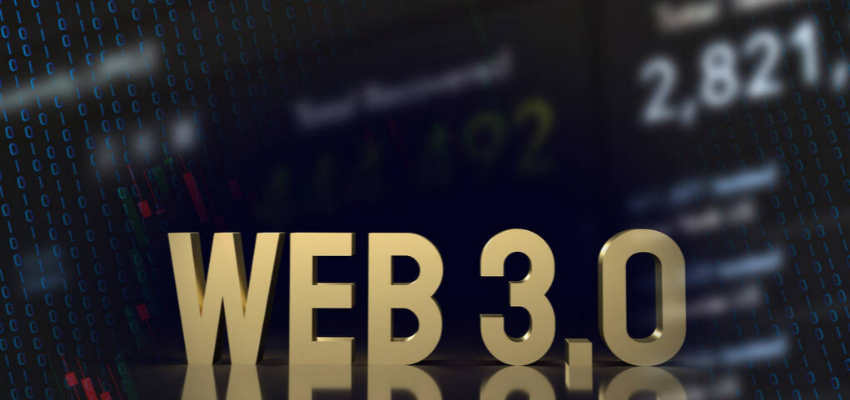Show:
WEB 3.0
Like any other field, the Internet has also undergone a lot of development and technological advancement since its inception. WWW was launched in 1991. Over time, new versions of the Internet appeared, known as web 2.0 and web 3.0. However, over the past few years, there has been an increasing opinion about revising the current model of the Internet. In order not to get lost in a vast array of these concepts.

What Is Web 2.0?
Since 2003, the Internet has moved to a qualitatively different level – to Web 2.0. Its difference from Web 1.0 was, first of all, in the appearance of social networks. Social networks allowed posting content not only to webmasters and resource owners, but also to ordinary network users. The main idea of Web 2.0 is to simplify the methods of self-expression. The advent of Web 2.0 technologies has made it possible to shift the focus from technology and media to communication and collaboration. But in Web 2.0 centralization remains, which limits the freedom of users, and this does not have the best effect on the quality of content in general.
Web 2.0 Features
- The concept of “network as a platform”, which implies the creation of such applications that could be used directly through a web browser.
- Using the principles of democracy and the participation of users in its further development.
- The social network component, expressed in the creation of so-called “social networks” that allow users to easily communicate and exchange any information.
- Storing personal data on special services on the Internet, which ensures their availability. Also contributes to increased security by storing backup copies on remote servers.
What Is Web 3.0?
In simple terms, Web 3.0 is a new version of the Internet, a new stage in the development of the World Wide Web. Most likely, it will be based on blockchain technology or other similar decentralization tool. Essentially, Web 3.0 is only at an early stage, so only initial ideas about the technology are available so far. In order to achieve objectivity and decentralization, the human intermediary is excluded from the chain and instead implements the blockchain. It is a public decentralized digital ledger of who owns what on the network. Each new entry in this registry will refer to the previous one, so they cannot be faked. Note, that this article was created with support of Chainbroker.io
Web 3 Features
- Distribution the data among users instead of storing on servers. So the information will be stored not on data centres, but on people’s gadgets like laptops, PC, and smartphones. This is called decentralization. To achieve this, specialists already have the appropriate technologies.
- This is expected that censorship will disappear. Users desire to publish the content they want. Remarkable, that the rights of moderators can be moved to the community.
- There are plans of creating a semantic web in Web 3. This must improve the searching abilities, because a machine frequently can’t understand the language queries as well as expected.
- AI algorithms will definitely be helpful tools in the new Web because they continue helping to quickly find necessary data. Remarkable that it can be possible even to find unreal comments which are paid in order to create a real idea of a product or service.

Web 2.0 VS Web 3.0
Speaking of noticeable differences, it is worth noting that now in Web 3.0, compared to Web 2.0 should:
- Increase the speed of services (in Web 2.0 it is relatively low even taking into account the development of mobile networks)
- There will be no monopolization of the market, as in web 2.0, which led to censorship and security holes.
- The violation of privacy and the provision of personal data of users to third parties, as it was in the previous version, should disappear in web 3.0.
Web 3.0 Pros & Cons
Thus, in Web 3.0 there are both benefits and obvious drawbacks that are very annoying to users.
✅ Lack of central regulation in applications. Accordingly, less censorship and more freedom in the statements of users.
✅ Higher fault tolerance, since applications are hosted in decentralized nodes – they are almost impossible to hack and they do not depend on the operation of any one physical server.
✅ Opportunities to monetize presence on the network, both for application operators and for the users themselves.
❌ Data vulnerability is too strong, because now they are all stored on one account. In fact, if attackers hack it, they will get access to all your data.
Summary
Web 3.0 is certainly a very interesting and promising concept, but it has not yet been implemented and it may take time to implement it. Most likely, Web 3.0 will not appear overnight, showing the world a bright future, privacy protection and absolute freedom of speech. It seems that at first there will be some kind of symbiosis of Web 3.0 and Web 2.0.

 Return to Previous Page
Return to Previous Page








